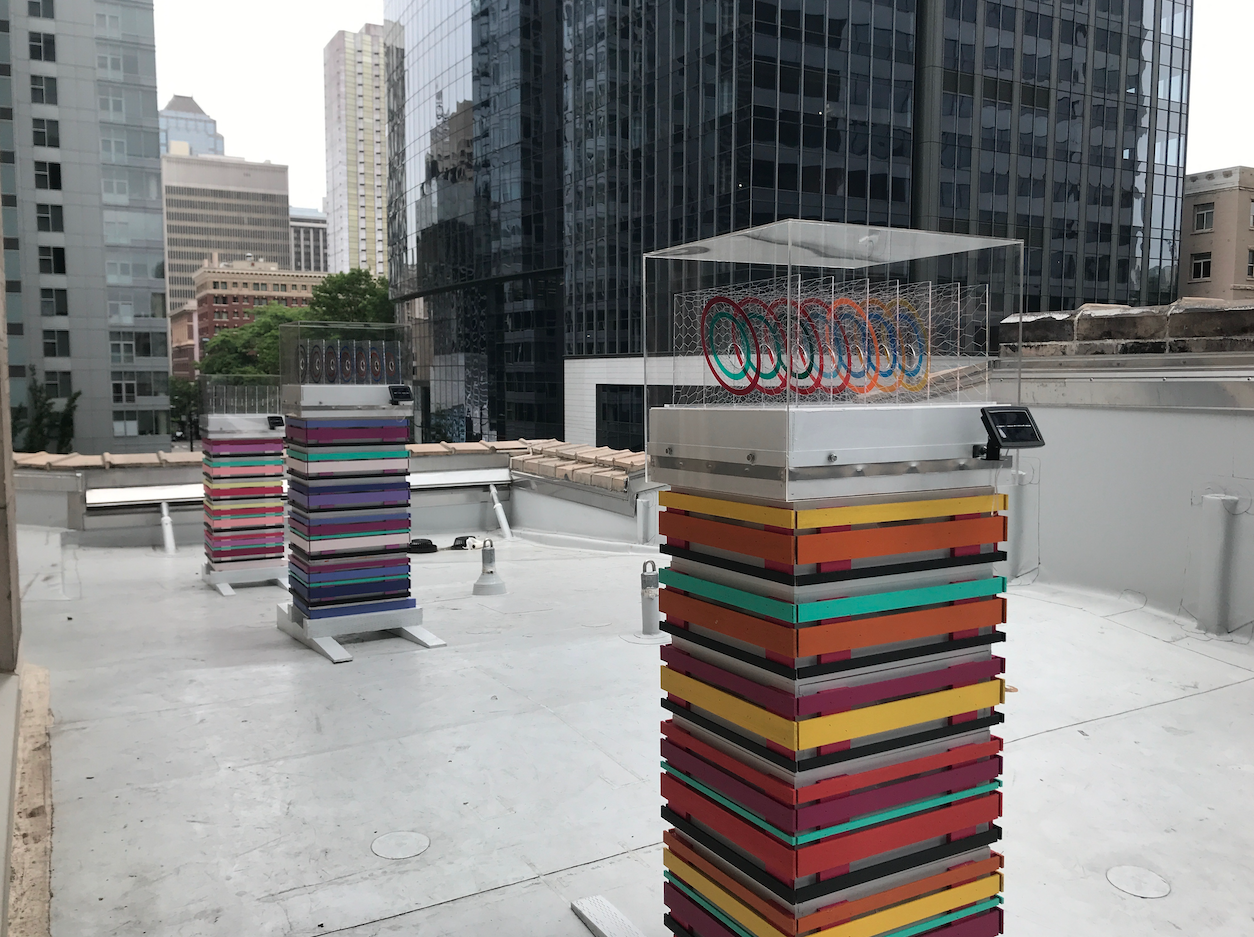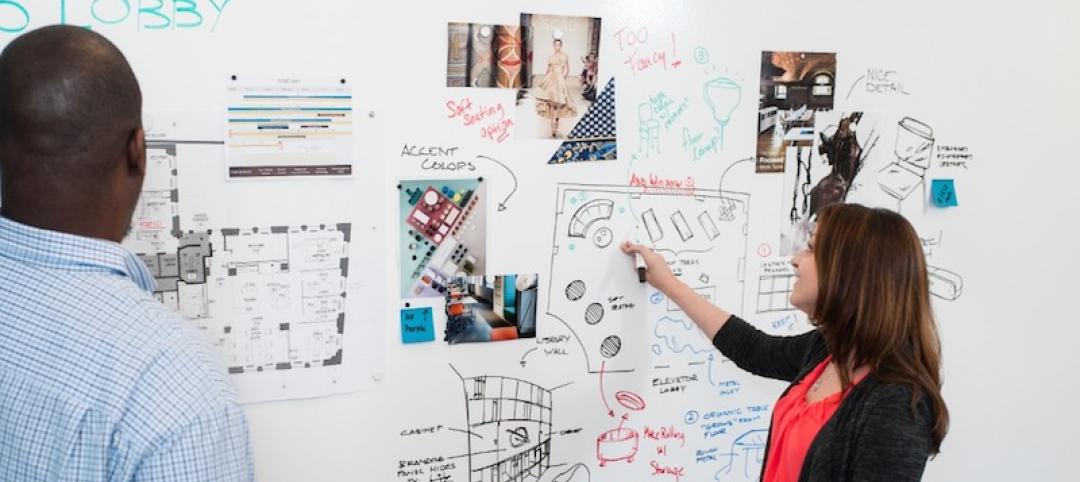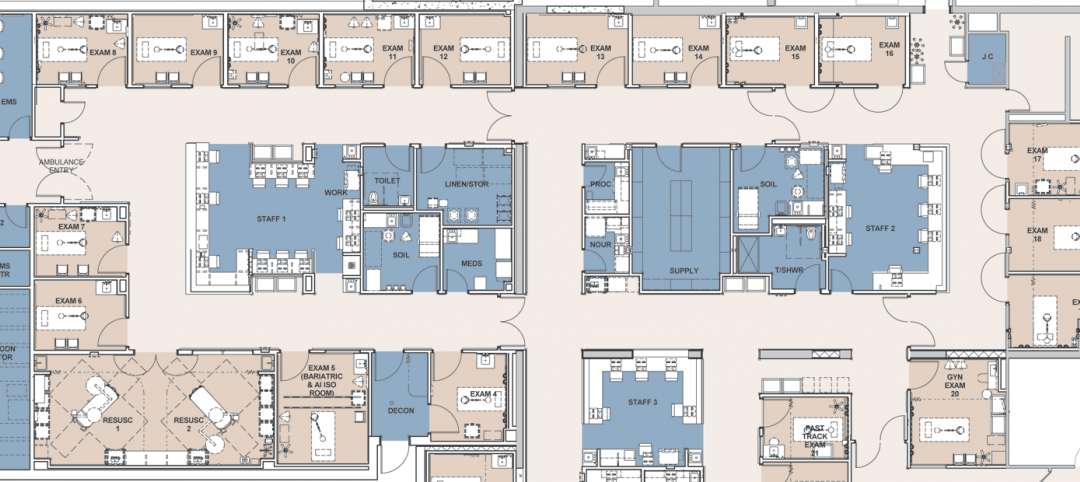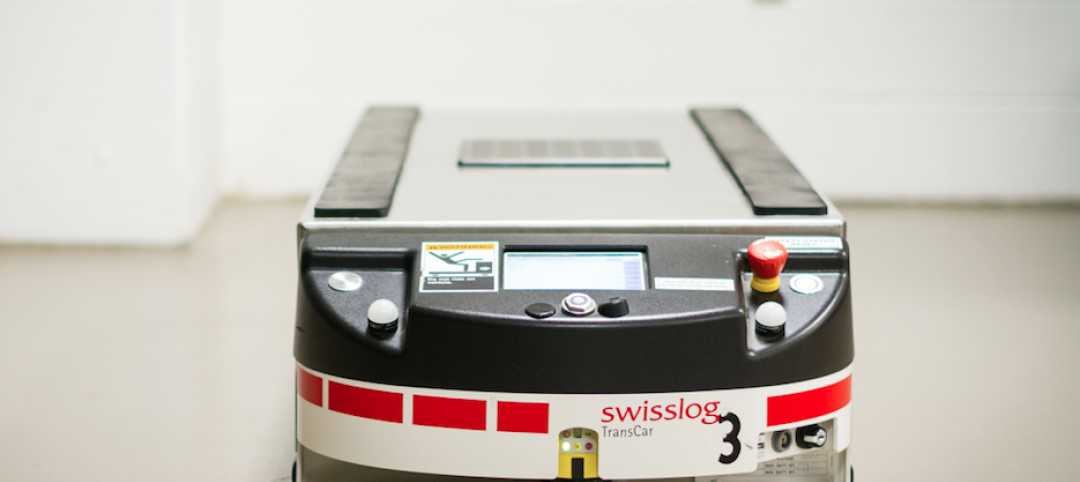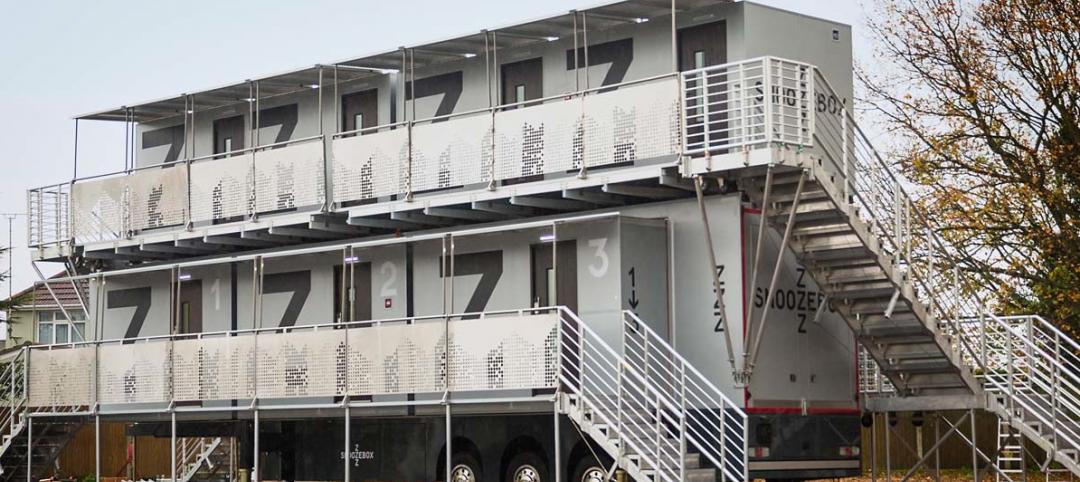Though construction has completed at The Sanctuary, downtown Seattle’s newest events venue, thousands of workers continue to toil away on the building’s roof. These workers don’t wear hardhats or carry hammers. Nor did they participate in the design and construction of The Sanctuary’s extensive renovations.
Instead, they are hard at work providing a sustainable source of honey for The Sanctuary’s chef, Gavin Stephenson, to drizzle across food on the facility’s menu. If it hasn’t already clicked, the workers in question on the roof are thousand of honeybees, spread across four ZGF Architects-designed beehives.
So how did the roof of this events venue become a honey-rich apiary? It began with the design of The Mark, the neighboring 44-story office and hotel tower. In designing The Mark, Daniels Real Estate, the project’s developer, had the rights to demolish a historically significant neighboring church. But instead of razing the church, Daniels Real Estate and ZGF designed The Mark to cantilever over the building.
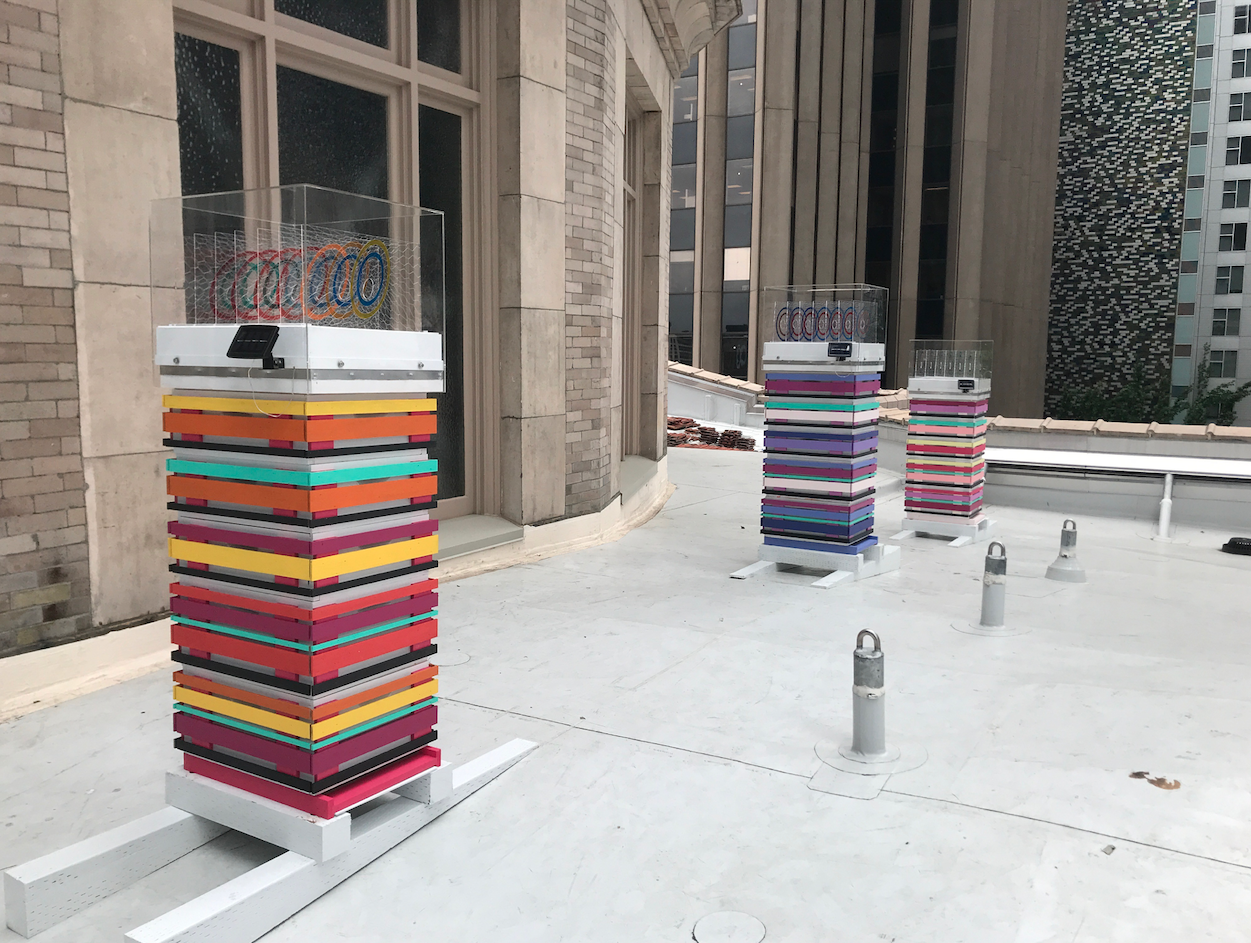
After the rescued church was renovated into The Sanctuary, ZGF was enlisted to create the four urban beehives. The hives needed to be functional for their future inhabitants. They also needed to look good, as they would be visible from Fifth Avenue and neighboring offices.
ZGF designed wooden hives that are composed of stackable boxes. The hives stand over five feet tall and, when occupied, can weigh up to 300 pounds each. The exteriors reflect the colors of regional pollinator-preferred flower species, such as bright orange nasturtiums, yellow black-eyed susans, purple borage, and pink marguerite daisies. The selected colors are light shades, which, when combined with the ventilated design, prevent the hives from overheating.
See Also: Net zero construction trailer brings health and wellness to the jobsite
A lantern lid made from etched plexiglass with a dynamic honeycomb graphic adds a final aesthetic flair. Stephenson described ZGF’s final design as “a five-star beekeeping hotel.”
The residing bees can travel up to six miles from their hives atop The Sanctuary to gather nectars from maple trees and other plants to produce the urban honey. Upon return, the hives act as a place to feed, reproduce, and live.
In addition to providing a renewable source of honey for The Sanctuary’s menu, the beehives also bring awareness to the importance and current plight of honeybees.
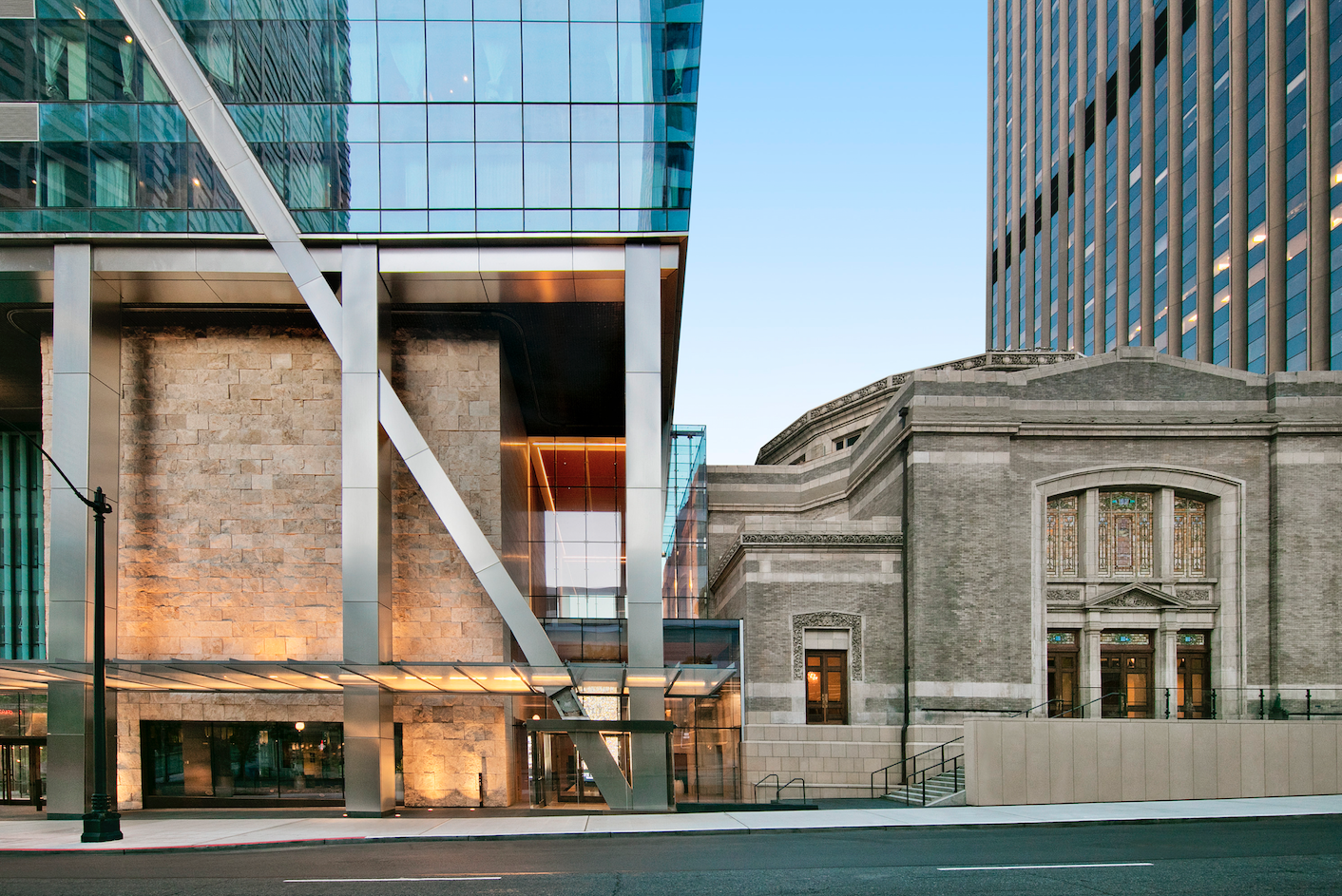
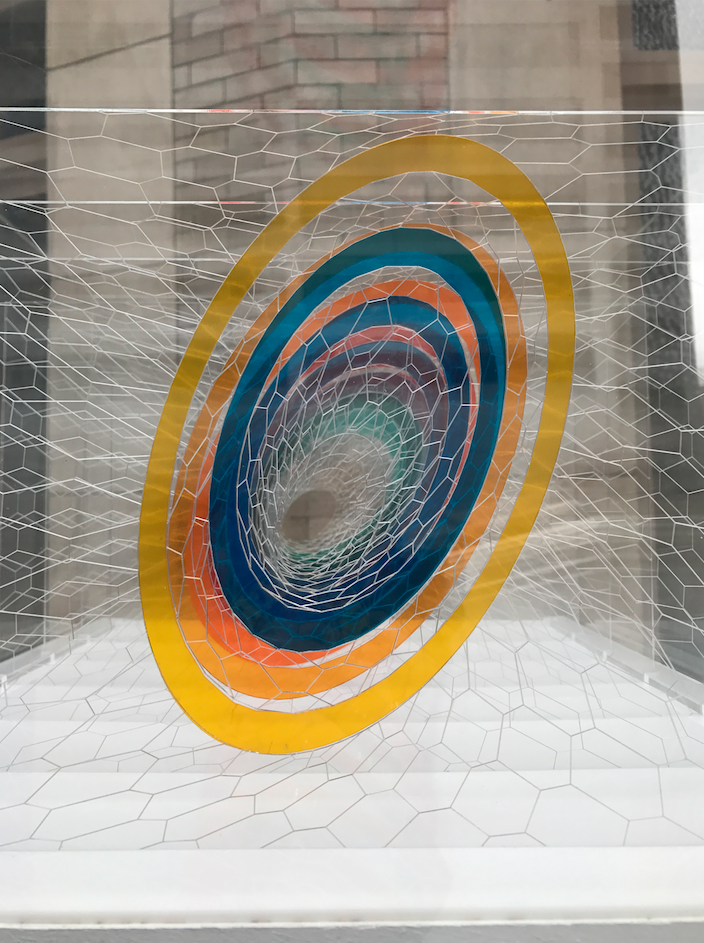
Related Stories
Great Solutions | Jan 7, 2016
Bacteria-killing paint and magnetic wallcovering highlight innovations in surface materials
Sherwin-Williams recently introduced Paint Shield, the first EPA-registered microbicidal paint that kills virtually all infection-causing bacteria after two hours of exposure on painted surfaces.
Great Solutions | Jan 6, 2016
Shepley Bulfinch develops elegant design solution to address behavioral issues in emergency departments
ED scheme allows staff to isolate unruly patients and visitors in a secure area.
Great Solutions | Jan 6, 2016
All-encompassing farming kit can provide communities with a sustainable food supply
Several manufacturers partnered with the group Farm from a Box to develop an off-the-grid farming solution for communities, all without the need for outside help.
Great Solutions | Jan 4, 2016
Toronto’s newest hospital employs 10 robots for moving food, supplies, and equipment
The 1.8 million-sf Humber River Hospital is loaded with high-tech gadgets. Its coolest innovation is the use of automated guided vehicles.
Great Solutions | Jan 4, 2016
Snoozebox’s portable hotel rooms make outside events more livable
Since 2011, the London-based company has thrived by creating portable hotels that are set up for the duration of open-air events (or longer), and offer many of the comforts of conventional hotels.


